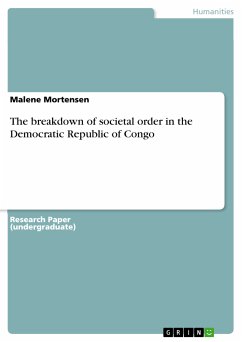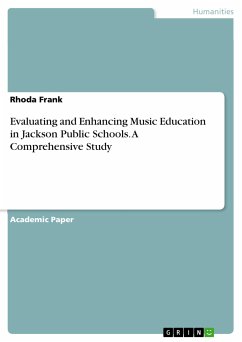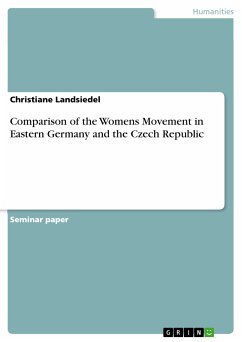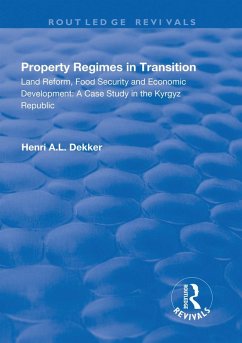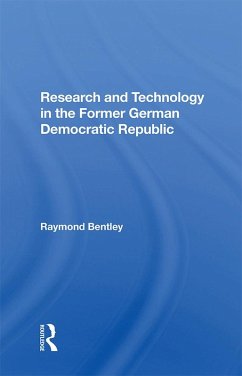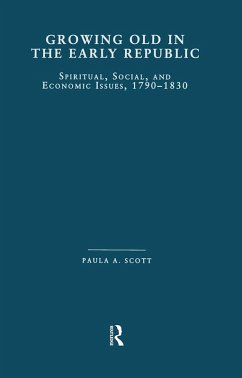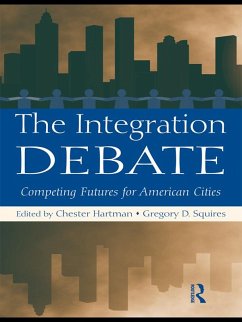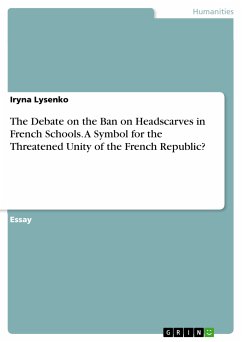
The Debate on the Ban on Headscarves in French Schools. A Symbol for the Threatened Unity of the French Republic? (eBook, PDF)
Sofort per Download lieferbar
Statt: 9,99 €**
5,99 €
inkl. MwSt. und vom Verlag festgesetzt.
**Preis der gedruckten Ausgabe (Broschiertes Buch)
Alle Infos zum eBook verschenkenWeitere Ausgaben:

PAYBACK Punkte
0 °P sammeln!
Essay from the year 2019 in the subject Sociology - Religion, grade: 1,3, University Institute of Lisbon, language: English, abstract: The basic assumption of this work is that the theme of the headscarf and the strands of association linked to this symbol, such as fundamentalist Islam, cultural archaism and female oppression, are instrumentalized for a number of socially relevant secondary discourses, such as the question of the identity of the French Republic in a society that is becoming increasingly pluralistic both religiously and culturally, and the handling of a steadily growing Islamic...
Essay from the year 2019 in the subject Sociology - Religion, grade: 1,3, University Institute of Lisbon, language: English, abstract: The basic assumption of this work is that the theme of the headscarf and the strands of association linked to this symbol, such as fundamentalist Islam, cultural archaism and female oppression, are instrumentalized for a number of socially relevant secondary discourses, such as the question of the identity of the French Republic in a society that is becoming increasingly pluralistic both religiously and culturally, and the handling of a steadily growing Islamic community in France. The work is also intended to draw attention to the topic and, for example, to deal in more detail with the gender debate that is developing in subsequent work. This analysis is based on two commentaries, each of which irradiates the headscarf debate differently. Talal Asad comments on the behaviour of the state, because it cannot take the right out of it to determine what religious signs or individual orientation is. Subsequently it will be discussed to what extent it seems impossible in our modern society to drop habitualized religious symbols. Finally, a comparison of these two approaches and a personal statement on this topic will follow. One of the motifs of the investigation is the question of whether and in what way the headscarf, "alienated" from the girls in the course of the debates, served various public discourses as a legitimate means of distracting attention from the experiences of racism and exclusion of the second and third generations, of working off problems within society, and of strengthening a common, French sense of identity.
Dieser Download kann aus rechtlichen Gründen nur mit Rechnungsadresse in A, B, BG, CY, CZ, D, DK, EW, E, FIN, F, GR, HR, H, IRL, I, LT, L, LR, M, NL, PL, P, R, S, SLO, SK ausgeliefert werden.




